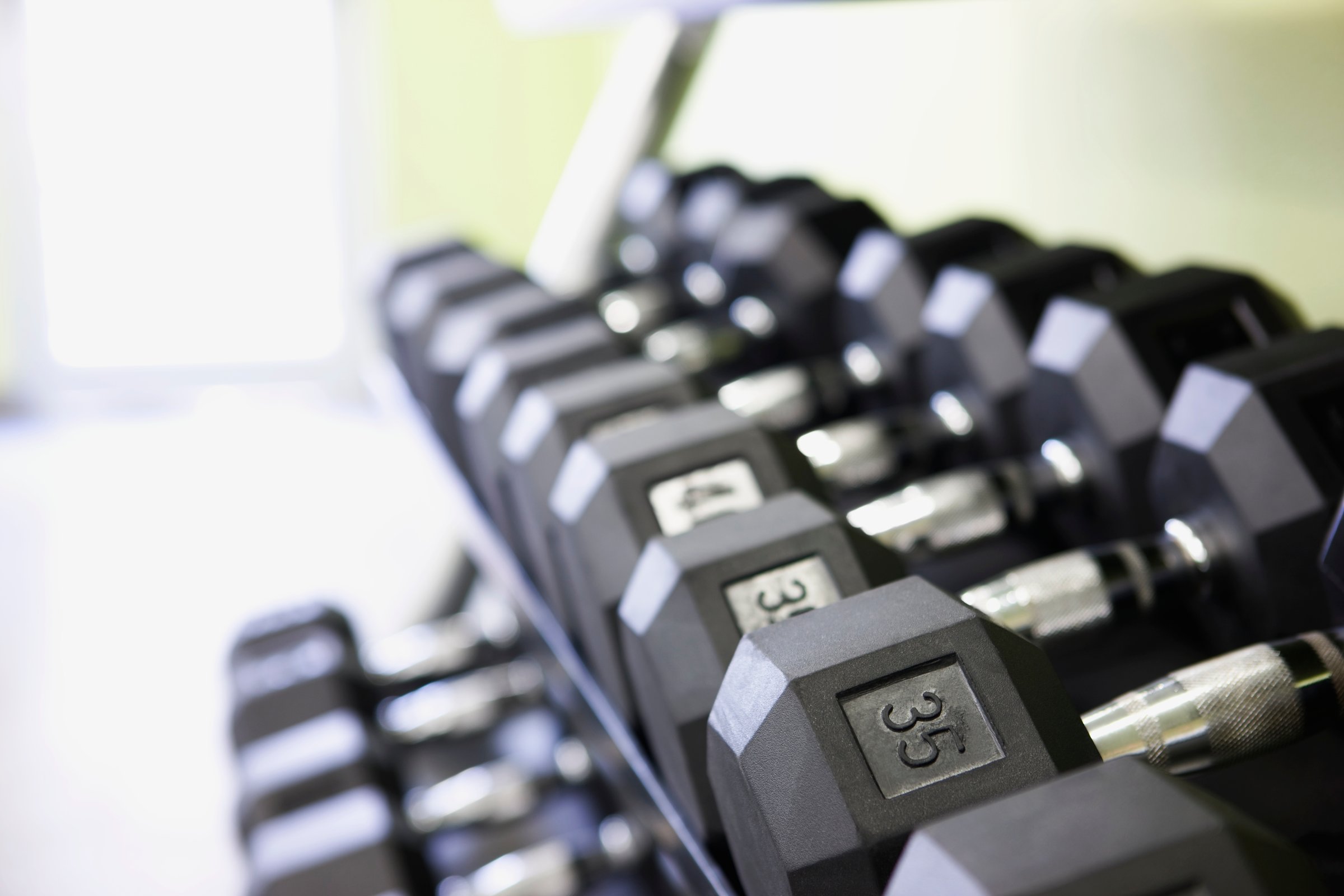

This story originally appeared on xoJane.com.
After years of teaching yoga and exercise, I signed up to take a fitness test. I wanted to test my chops and be a guinea pig for my boss to learn the test protocol. I pedaled on the spin bike: stellar cardio. I easily touched my toes: excellent flexibility. I bench pressed for max reps: my strength was off the chart. Then in a private office, I took my clothes off for body fat testing.
The spiky caliper pinched my belly, hip, triceps, and thigh. I played off the discomfort with jokes about “plenty of cushion for the pushin’.” The results determined that I was 13% over the recommended body fat. Not what I wanted to hear.
It felt like a slap in the face, another reminder of being last picked for the dodge ball team and the “why bother if you’re fat” attitude.
Growing up a chubby kid, I learned this attitude. By junior high, I quit sports and dance, opting for watching reruns on the couch after school. When I found yoga in my 20s, it was the first time exercise actually felt good. I eventually started to teach and ended up losing 30 pounds.
But after all those times I chose salad and dragged my least-stinky sports bra out of the hamper, this test said I was overweight. With these results I had three choices:
1) Pursue the test’s standard. Restrict my eating, amp up my workouts, or find more extreme means of weight loss.
2) Throw in the towel and accept that I would never get “in shape.”
3) Realize that the test might be bogus.
At the time of the assessment, I was studying nutrition in a graduate program, shopping at the farmers’ market, and relishing the Bay Area foodie scene. My diet didn’t need an overhaul. I’ve never been willing to count calories or jump on trendy dietary bandwagons. Between yoga, cardio and strength training, I exercised with consistency, variability and enthusiasm. As I walked out of the gym, I realized that I rocked all the actual measures of fitness.
I didn’t fail a fitness test. I failed at being thin. Luckily, my grad school curriculum also included a course on the “Health at Every Size” philosophy that questions measures like the Body Mass Index and our relentless pursuit of skinny. HAES advocates for intuitive eating and pleasurable movement — exactly how I lost weight. But according to the test, where my body had settled wasn’t low enough.
HAES made me question the test and the self-loathing landmine of the fitness industry. Every day during gym orientations I heard about fitness goals and the promised land of thin. Women pinched their “trouble zones” and insulted their “flabby arms,” “muffin tops” and “thunder thighs.” Would the caliper testing lacquer on more self-hatred? The test ignores an important reality: self-loathing thwarts our every move.
Now teaching for over 11 years, I focus on movement instead of body shape or weight loss. I finished my graduate degree, have a pile of certifications, and can hurl a 50 pound kettlebell overhead. I’m proud that I never went overboard. I never careened into disordered eating, overuse injuries, or adrenal fatigue. This is actually rare in my field.
The caliper would have less of me to pinch these days but it would probably still consider me fat. With round thighs, belly, and arms, I stand in front of classes and model what I believe: we can be fit without fitting the norm. Learning powerful actions like warrior poses and squats free us from all the pinching and self-loathing.
Sadie Chanlett-Avery is a yoga teacher living in California.
More Must-Reads from TIME
- Why Trump’s Message Worked on Latino Men
- What Trump’s Win Could Mean for Housing
- The 100 Must-Read Books of 2024
- Sleep Doctors Share the 1 Tip That’s Changed Their Lives
- Column: Let’s Bring Back Romance
- What It’s Like to Have Long COVID As a Kid
- FX’s Say Nothing Is the Must-Watch Political Thriller of 2024
- Merle Bombardieri Is Helping People Make the Baby Decision
Contact us at letters@time.com